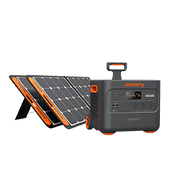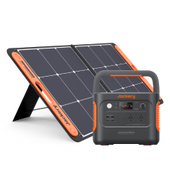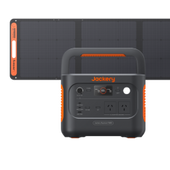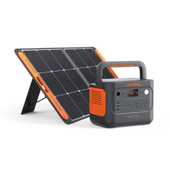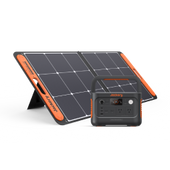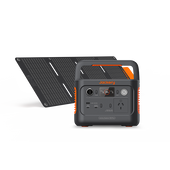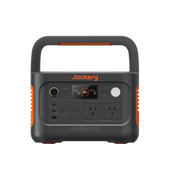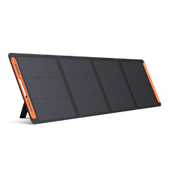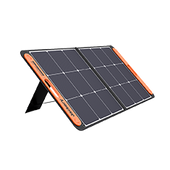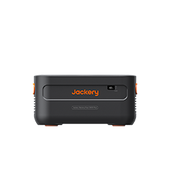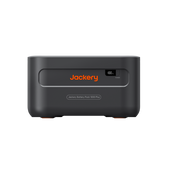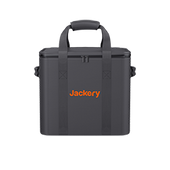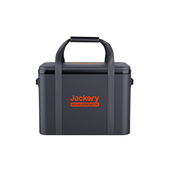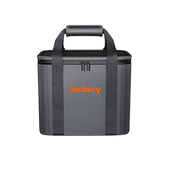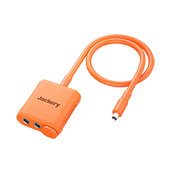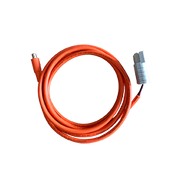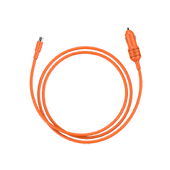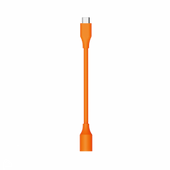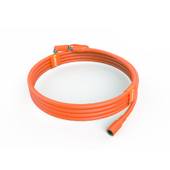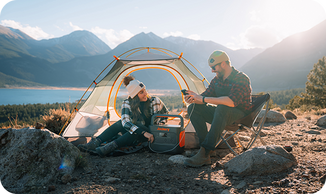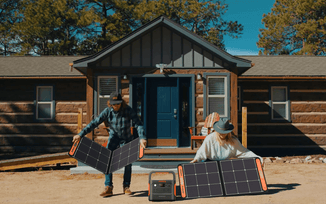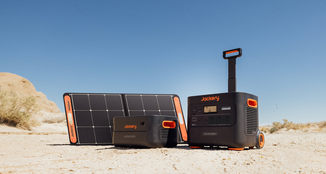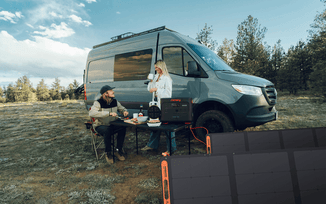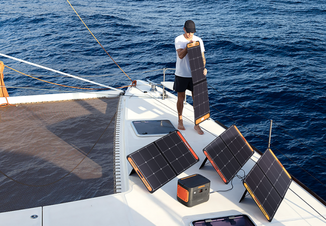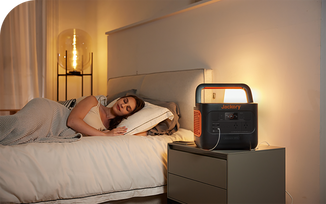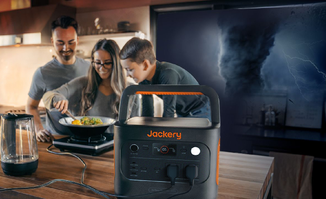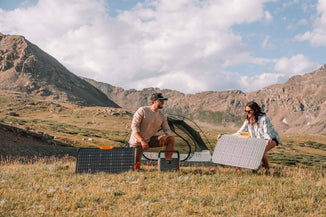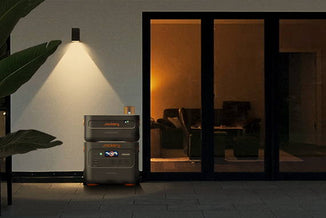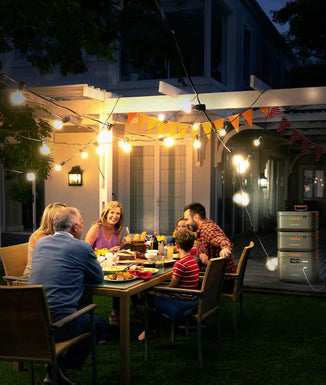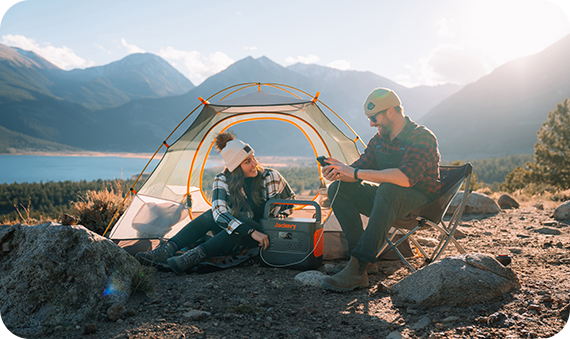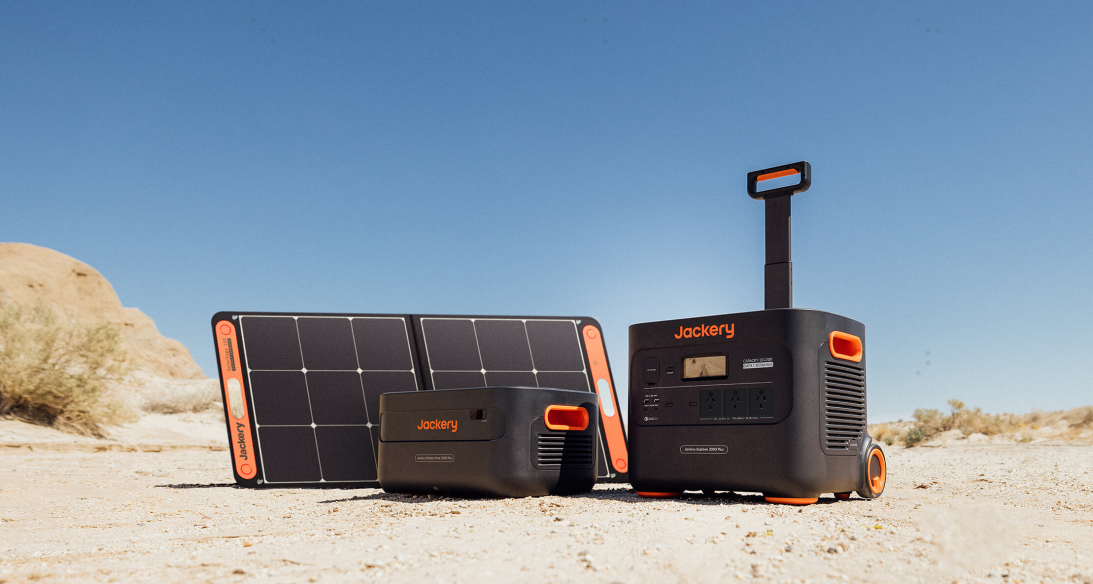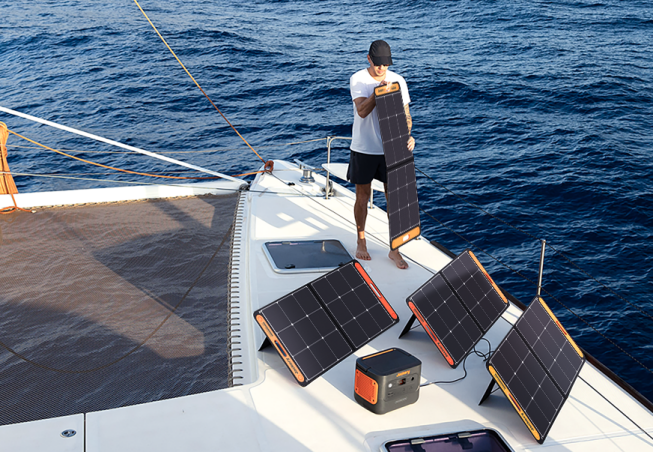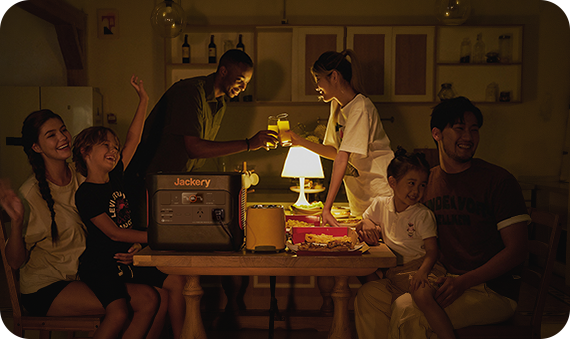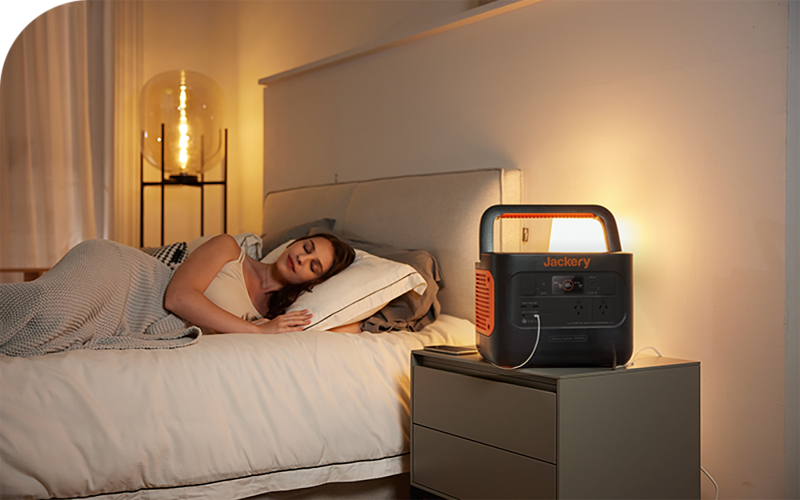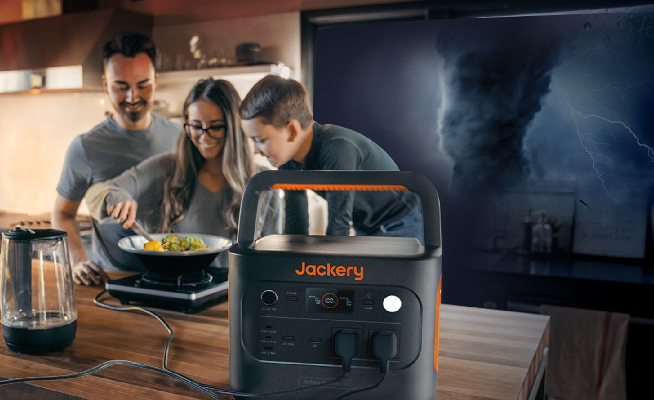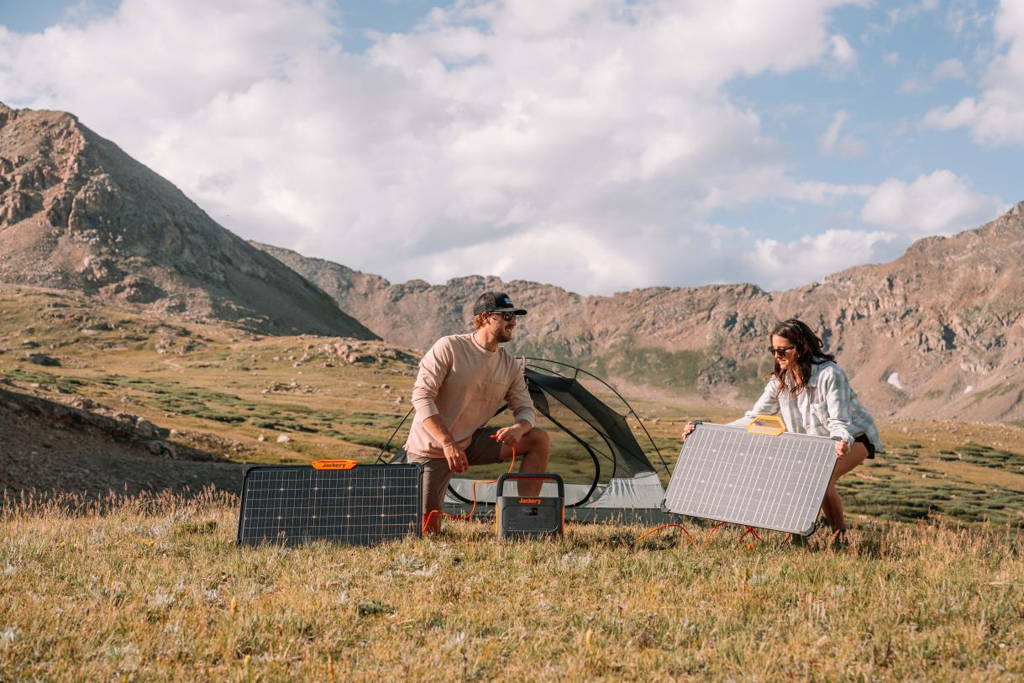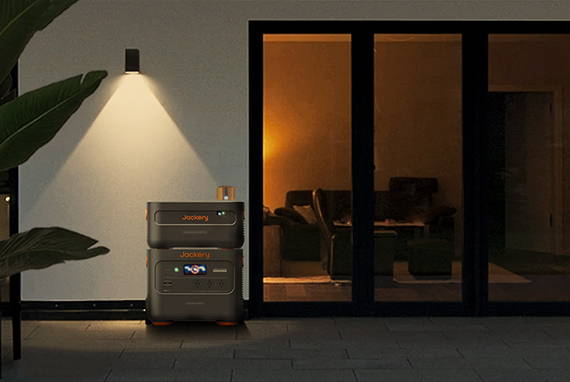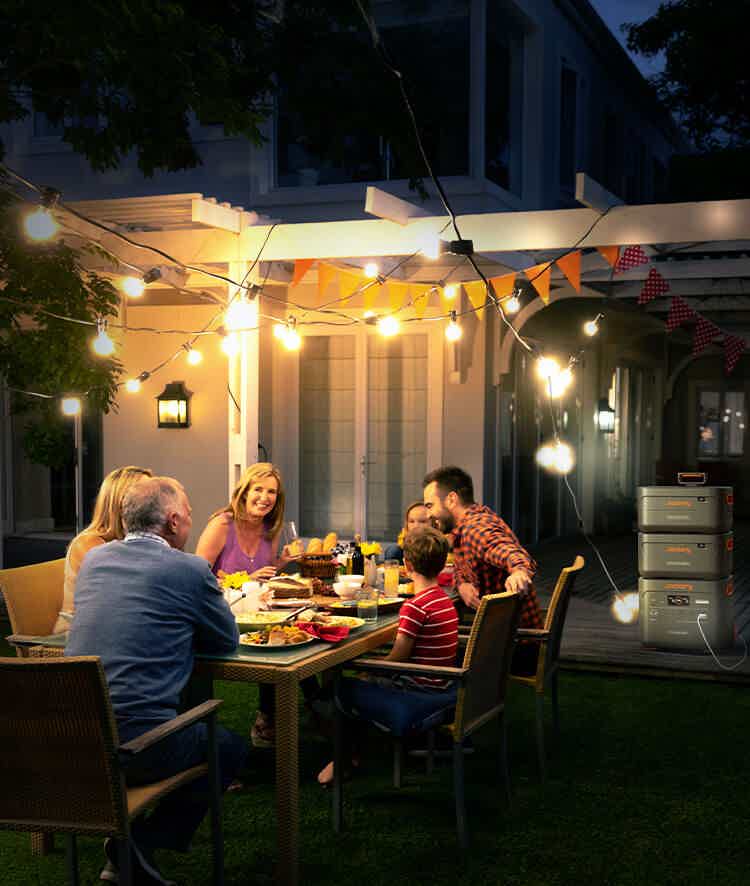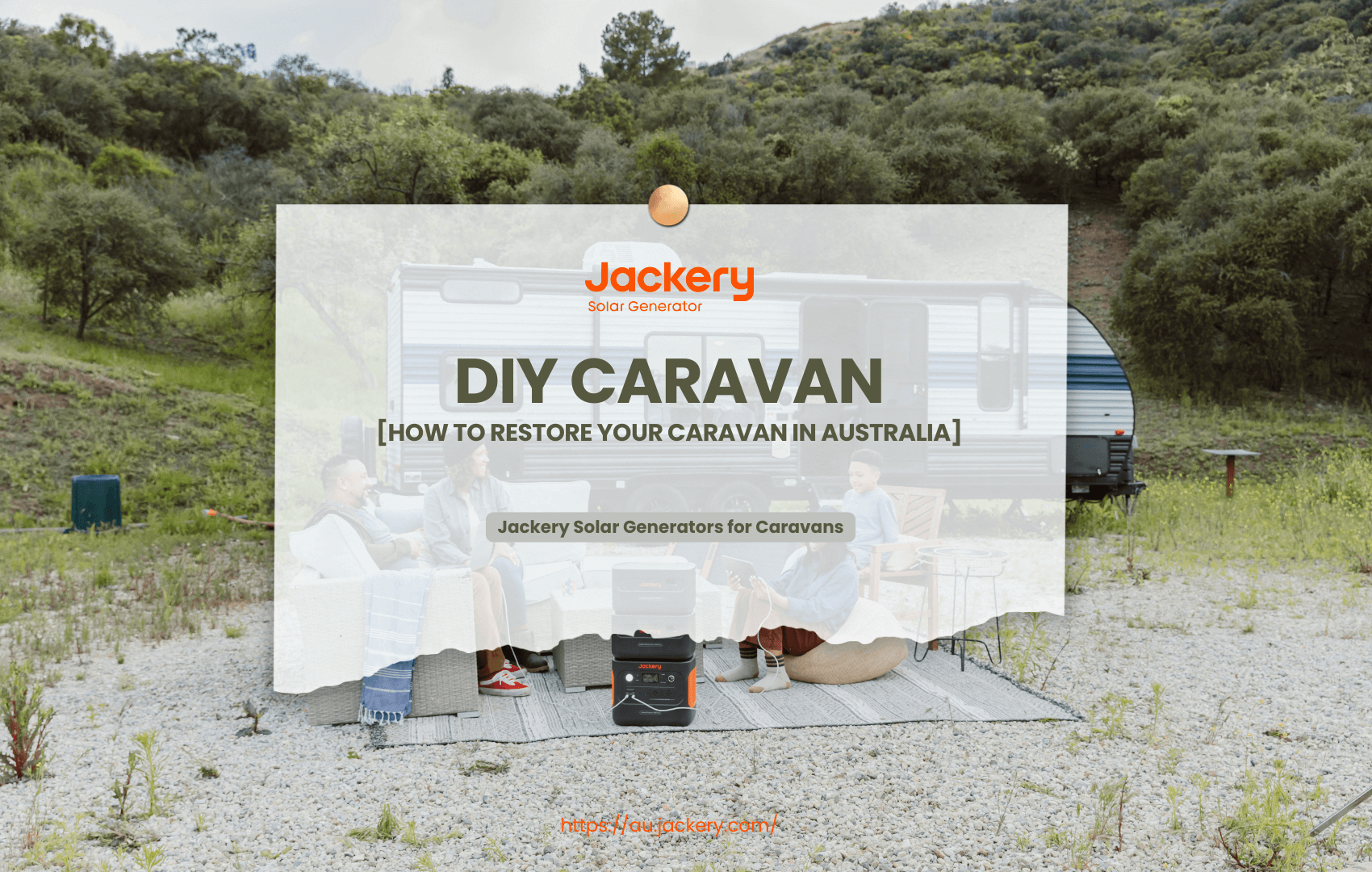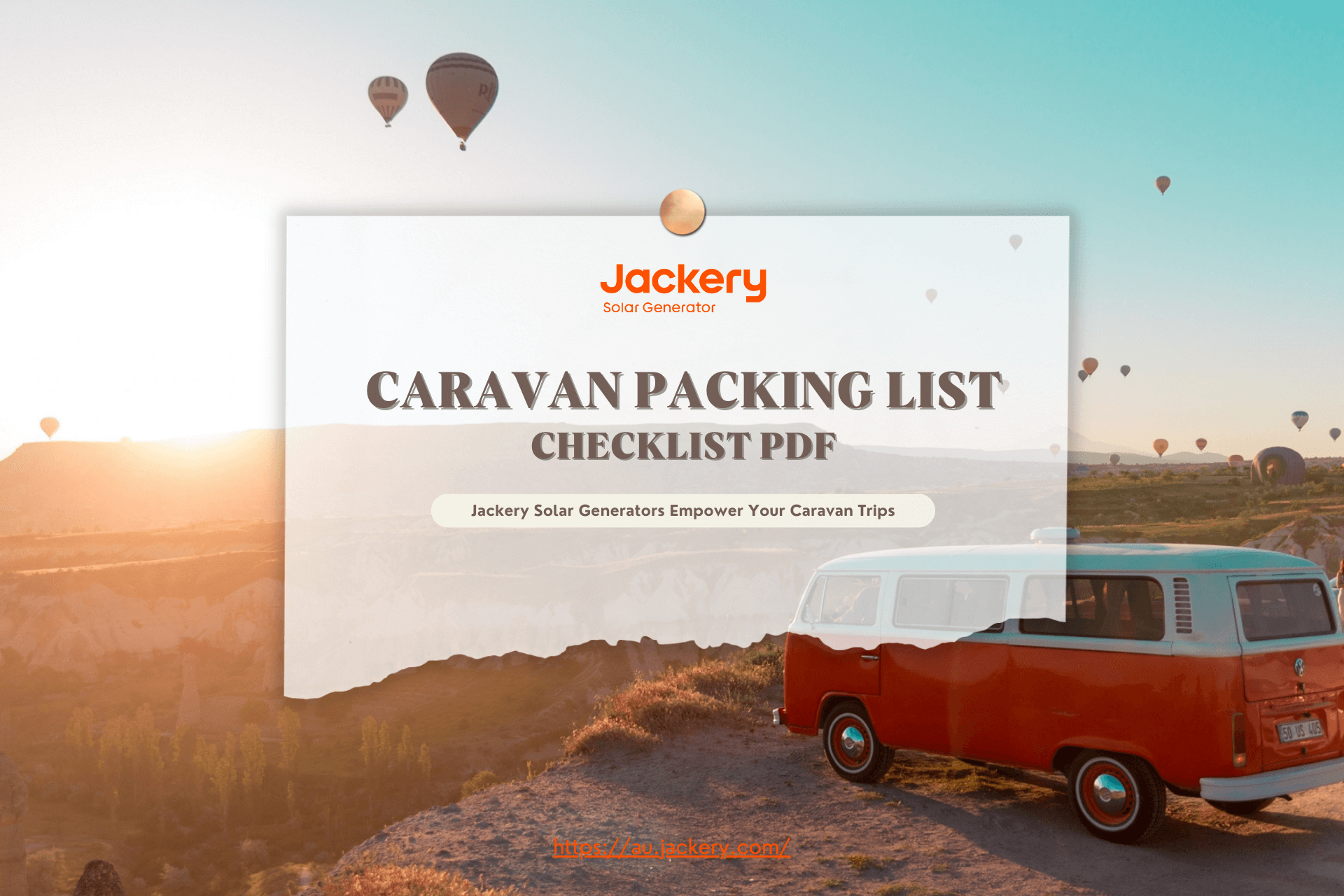|
Key Takeaways: |
|
- Always check your vehicle's towing capacity, GCM, and GVM before hitching a caravan. - Make sure your caravan's ATM and tow ball weight are within your vehicle's limits. - Each Australian state has its own towing laws, so check local regulations before travelling. - Towing mirrors are legally required if your rearward view is obstructed by the caravan. - Practice reversing and manoeuvring in a safe space before travelling long distances. - We recommend the Jackery Solar Generator 2000 Plus and 1000 Plus to power your caravan appliances effectively, especially for long-term caravan life. |
Understanding Caravan Towing Laws Across Australia
In Australia, towing a caravan necessitates compliance with a number of unique laws and regulations, which differ from one state and territory to the next. It is crucial to ensure that you are aware of these rules in order to travel legally and safely.
General Towing Regulations in Australia
Across the country, specific foundational rules apply:
Towing Mirrors: To ensure that you have sufficient sight, you are required to use towing mirrors if your caravan is blocking your view of the rear of the vehicle.
Weight Limits: Both your vehicle and your caravan must not have a combined weight that is greater than the Gross Combination Mass (GCM) that is set by the manufacturer.
Braking Systems: Caravans weighing more than 750 kg need to have the proper braking mechanisms, including hydraulic or electric brakes.
Breakaway Systems: Caravans weighing more than 2,000 kg Gross Trailer Mass (GTM) require a breakaway system that applies the brakes in the event that the caravan separates.
Licensing Requirements: A complete driver's licence is usually enough to tow caravans weighing less than 4,500 kg GVM. A Light Rigid (LR) or higher class licence can be needed for heavier combinations.

State and Territory-Specific Regulations
New South Wales (NSW)
Speed Limits: Maximum towing speed is 100 km/h for combinations over 4,500 kg.
Driver Restrictions: Learner and P1 drivers face towing limitations; P1 drivers may tow trailers up to 250 kg of unloaded weight.
Queensland (QLD)
Weight Compliance: Strict enforcement of weight limits; exceeding them can result in fines ranging from $200 to $2,000.
Driver Training: Authorities recommend towing courses to enhance driver safety and competence.
Victoria (VIC)
Licensing: Drivers should ensure that their licence class covers the weight of the towing combination; bigger configurations may require a higher-class licence.
South Australia (SA)
Speed Limits: The standard towing speed limit is 100 km/h, regardless of the weight of the towing combination.
Western Australia (WA)
Speed Limits: Similar to SA, the towing speed limit is 100 km/h, and there is no specified minimum weight threshold.
Tasmania (TAS)
Speed Limits: The towing speed limit is set at 100 km/h.
Northern Territory (NT)
Weight Compliance: Adherence to manufacturer-specified towing capacities is mandatory.
Australian Capital Territory (ACT)
Weight Compliance: Drivers must not exceed the vehicle's towing capacity as specified by the manufacturer.
How to Tow a Caravan: Step-by-Step Guide
It takes more than just a strong car to tow a caravan across Australia's varied landscapes; it also requires preparation, accuracy, and a thorough knowledge of towing procedures. This step-by-step guide outlines how to tow a caravan safely and legally on Australian roads., regardless of whether you're a novice or brushing up on your skills.

Step 1: Understand Your Vehicle's Towing Capacity
To find out your car's maximum towing capacity, gross vehicle mass (GVM), and gross combined mass (GCM), you must first study the owner's manual. These numbers show how much your car is legally allowed to carry, including the caravan and its belongings. Additionally, you need to make sure that the caravan's Aggregate Trailer Mass (ATM) and Tow Ball Mass (TBM) are within your car's range. In Australia, it is not only dangerous but also against the law to tow a caravan over these limitations.
Step 2: Perform Comprehensive Pre-Towing Checks
Make sure all of the tyres on the caravan and the tow vehicle are inflated to the proper pressure and free of wear or damage before you leave. Next, make sure the electric brake controller is calibrated appropriately and that the caravan's braking system is operating as intended. To make sure all lighting systems are functional and safely linked, you should also test them, including tail lights, brake lights, and indicators. If your caravan limits your rearview, you should also install towing mirrors, which are required by law in certain circumstances.
Step 3: Secure the Caravan's Load Correctly
Make sure the caravan is loaded evenly to keep it balanced and lower the chance of swaying when driving. Lighter items should be fastened above the axle, whereas heavy items should be positioned low and over it. Everything within the caravan needs to be properly fastened or packed to avoid movement during transit, which could destabilise the van and impair your vehicle's handling.
Step 4: Hitch the Caravan Safely and Securely
Always hitch the caravan on a level, flat surface to lessen the chance of misalignment. Start by lining up the caravan's coupling with the vehicle's tow ball, then firmly attach and lock the hitch. Under the drawbar, fasten the caravan's safety chains in a crisscross arrangement to support the drawbar in the event that the coupling disconnects. Lastly, make sure the caravan's electrical socket is safe and operational before connecting it to the car.
Step 5: Conduct Final Pre-Departure Safety Checks
After the caravan is hitched, test the braking system by taking a quick drive in a secure location to ensure the electric brake controller is working properly. During this test, recheck all lights and signals to ensure they are operating properly. Adjust your towing mirrors for optimal vision to ensure you can see behind the caravan and down both sides of it.
Step 6: Follow Safe Driving Techniques for Towing
Always abide by the posted speed limits when towing, keeping in mind that many Australian jurisdictions have a 100 km/h towing cap. Because of the increased weight, you should allow more stopping distance than you would while driving without a caravan. Take a wider approach to turns than normal to avoid the caravan's wheels mounting kerbs. Move into a lower gear to keep control and lessen brake wear when going downhill.
Step 7: Monitor Conditions and Check Regularly During Travel
Schedule a stop every two hours to check the car and caravan. Verify the electrical plug, hitch connection, and tyre pressures and that the load is still securely fastened. Keep in mind that shifting weather, particularly high gusts or wet roads, might affect towing stability. Make the necessary adjustments to your driving to ensure constant safety.
How Does Towing Affect Your Vehicle?
Knowing how towing affects your automobile is crucial before you hook up a trailer and head out on the road. Towing increases your car's weight and alters its performance, which impacts handling, braking, and fuel efficiency. By being aware of these consequences, you can tow safely and within the law on Australian roads, regardless of whether you're new to caravanning or have upgraded your rig.
Increased Mechanical Stress
When you tow, your car's weight increases significantly, putting additional strain on the brakes, engine, and gearbox. This extra load may result in increased wear and tear, particularly if the vehicle's towing capacity is surpassed. Additionally, overloading might nullify insurance and warranty plans.
Altered Handling and Stability
The additional bulk of a caravan impacts your vehicle's handling characteristics. Drivers may notice decreased acceleration, longer braking distances, and greater difficulty manoeuvring. As a result of these modifications, increased vigilance is required, particularly when turning or travelling in reverse.
Increased Fuel Consumption
Towing a caravan increases aerodynamic drag and the vehicle's overall weight, which ultimately leads to an increase in fuel consumption. This effect is especially obvious in circumstances in which there is a lot of traffic that is stopped and going in the other direction, as well as when driving uphill.
Cooling System Demands
The added strain caused by towing could cause the engine and gearbox to produce more heat, which could result in the vehicle overheating. To avoid breakdowns, it is essential to check that your car's cooling system is in good shape.
Essential Driving and Safety Tips for Towing a Caravan
Hitching up and driving is insufficient to tow a caravan across Australia's varied terrain. It requires thoroughly comprehending driving methods, safety measures, and regulatory requirements to guarantee a safe and easy trip. Here are some specific pointers to help you tow your caravan safely on the highways.

Tip 1: Maintain Safe Speeds and Smooth Driving
Towing a caravan requires driving at a steady, moderate speed. Sharp bends, rapid braking, or sudden acceleration can cause wobble or instability. In order to avoid making sudden turns, try to drive gradually and anticipate the traffic. Keep in mind that the additional weight of a caravan lengthens stopping distances, so keep a safe following distance from the automobile in front of you.
Tip 2: Adjust for Increased Stopping Distances
It will take more time and distance to stop completely because of the combined weight of your automobile and caravan. Always leave more space between you and the car in front of you, and brake sooner than you would if you weren't towing a trailer. This procedure lowers the chance of crashes and helps avoid abrupt stops.
Tip 3: Take Wider Turns
When turning, caravans often "cut in," which means the back wheels go a shorter distance than the front wheels. Take wider turns than normal to make up for it, making sure your caravan avoids obstructions like poles and kerbs. This method is particularly crucial in confined urban spaces.
Tip 4: Plan Ahead and Stay Informed
Make a thorough route plan before setting off on your adventure. Monitor weather predictions, road conditions, and any limitations that might impact towing. If feasible, avoid steep grades, small lanes, and low-clearance bridges. Knowledge enables you to foresee difficulties and modify your trip plans as needed.
Tip 5: Use Lower Gears on Descents
Use engine braking when driving downhill by shifting into a lower gear. By lowering your reliance on your brakes and maintaining a controlled pace, this technique helps avoid brake failure and overheating. It's a straightforward but efficient method of improving safety on declines.
Tip 6: Equip Your Vehicle with Towing Mirrors
In Australia, installing towing mirrors is not only advised but also required by law if your caravan blocks your rearview mirror. By expanding your range of view, these mirrors help you monitor traffic and ensure that lane changes and turns are safe.
Tip 7: Communicate with Other Road Users
Consider using a UHF (Ultra High Frequency) radio when interacting with other drivers, particularly truckers. This gadget improves road safety by sharing information about road conditions and coordinating overtaking manoeuvres.
Tip 8: Take Regular Breaks
Towing a caravan can be more mentally and physically demanding than regular driving. Schedule regular breaks to rest, check your vehicle and caravan, and address any issues that may arise. These pauses help prevent driver fatigue and ensure your towing setup remains secure.
Tip 9: Practice Reversing and Parking
Reversing with a caravan attached can be challenging—practice in a safe, open area to become comfortable with how your caravan responds. Use a spotter when necessary, and take your time to avoid accidents.
Tip 10: Stay Within Legal Weight Limits
Make sure your car and trailer do not exceed the manufacturer's weight restrictions. Overloading can result in mechanical breakdowns, longer stopping distances, and compromised handling. To stay in compliance with regulatory standards, weigh your setup regularly and make any adjustments to your load.

Jackery Solar Generators for Caravans
Solar generators, like Jackery Solar Generators, combine a Portable Power Station with Jackery Solar Panels, allowing you to capture free energy from the sun to recharge. This significantly reduces or eliminates your reliance on mains electricity or noisy, fuel-guzzling generators. Enjoy the freedom to camp in remote locations without the constraints of needing powered campsites.
Unlike traditional generators, Jackery Solar Generators operate silently, allowing you to fully immerse yourself in the tranquillity of nature without disturbing yourself or your neighbours. Using solar power reduces your carbon footprint and contributes to a more sustainable way of travelling. There are no harmful emissions, making it safe for both you and the environment.
Sunlight is a free and abundant resource. Your primary energy source costs nothing once you've invested in a solar generator. This can lead to significant savings compared to constantly buying fuel for a traditional generator or paying for powered campsites. Here, we recommend Jackery Solar Generator 1000 Plus and 1000 v2 for your caravan.
Jackery Solar Generator 1000 Plus
Choosing a Jackery Solar Generator 1000 Plus for your caravan offers a compelling blend of power, portability, and eco-friendly charging, making it an excellent investment for off-grid adventures.

Ample Power Capacity for Versatile Use: With an expandable capacity from 1264Wh to 5 kWh, the Explorer 1000 Plus provides a significant amount of stored energy to power a variety of your caravan appliances and devices for extended periods. This allows you to run lights, charge electronics, and even operate some smaller appliances without constantly worrying about running out of power.
High AC Output for More Demanding Appliances: The 2000W continuous AC output (with a 4000W peak) is a standout feature. This higher output capacity means you can power more demanding appliances in your caravan, such as refrigerators, electric kettles, laptops, and more.
Sustainable and Free Energy with Solar Charging: As a "Solar Generator," it's designed to be paired with solar panels (like Jackery SolarSaga 100W or 200W solar panel), allowing you to recharge the power station using free and clean energy from the sun. This significantly extends your off-grid capabilities and reduces your reliance on paid campsites or noisy generators.
Multiple Output Ports for All Your Needs: The Explorer 1000 Plus comes equipped with a variety of output ports, including:
Multiple AC Outlets: To power standard household appliances.
USB-A and USB-C Ports (including PD): For charging phones, tablets, and laptops efficiently.
12V Car Outlet: To power devices designed for car charging.
This versatility ensures you can power all your essential devices simultaneously.
|
Jackery Solar Generator 1000 Plus Running Time |
|
|
Phone (27W) |
30 Times |
|
Portable Fan (10-28W) |
22.5H |
|
Coffee Maker (550W) |
1.8H |
|
Laptop (80W) |
8 Times |
|
Fridge (300W) |
3.3H |
(*The working hours are only for reference; the actual working hours depend on your usage.)
Jackery Solar Generator 2000 Plus
The Jackery Solar Generator 2000 Plus is a robust, versatile power solution that can significantly enhance your caravan experience.

Massive Power Capacity: With a 2042.8Wh capacity, the Explorer 2000 Plus provides substantial power to run your caravan appliances for extended periods without needing to plug into mains electricity. This is ideal for longer trips and more demanding power needs. You can even expand the capacity from 2kWh to a whopping 12kWh by adding up to five additional battery packs, making it suitable for extended off-grid living.
Sustainable and Rapid Solar Charging: This solar generator is designed to be paired with Jackery SolarSaga 100W or 200W solar panels, allowing you to recharge using free solar energy.
Six 200w solar panels can provide a full charge in as little as 2.5 hours, providing a truly independent power source.
Long-Lasting and Safe LiFePO4 Battery: The Explorer 2000 Plus uses a LiFePO4 battery, which is known for its exceptional lifespan (up to 10 years or 4000 charge cycles to 70%+ capacity), enhanced safety features, and high-temperature resistance. Thus, it is a reliable and durable choice for your caravan.
Smart App Control: Use the Jackery app to conveniently manage and monitor your power station via Wi-Fi or Bluetooth. You can track battery levels, customise settings, and control functions remotely.
|
Jackery Solar Generator 2000 Plus Running Time |
|
|
Phone (27W) |
60 Times |
|
Portable Fan (10-28W) |
35H |
|
Coffee Maker (550W) |
2.8H |
|
Laptop (80W) |
15 Times |
|
Fridge (300W) |
5.3H |
(*The working hours are only for reference; the actual working hours depend on your usage.)
FAQs
The following are the frequently asked questions about towing a caravan.
1. How can I tell if my car can tow a caravan?
To determine if your vehicle can pull a caravan, examine your owner's manual or the manufacturer's guidelines for the maximum braked towing capacity. This figure is the heaviest trailer your vehicle can safely tow if it has its own braking system. Make sure the caravan's aggregate trailer mass (ATM) does not exceed this limit.
Also, verify the Gross Combined Mass (GCM), which is the maximum combined weight of your vehicle and caravan. It's also crucial to check the tow ball weight capacity, which is normally roughly 10% of the caravan's ATM, to ensure it is within your vehicle's restrictions.
2. Do you need a special license to tow a caravan in Australia?
In most situations, a basic C-class driver's licence is sufficient to tow a caravan in Australia as long as the combined weight of the towing vehicle and trailer is less than 4.5 tonnes. However, if the towing vehicle's Gross Vehicle Mass (GVM) exceeds 4.5 tonnes, you may require a Light Rigid (LR) or higher-class licence. It is critical to confirm the precise licencing requirements in your state or territory, as legislation can differ.
3. How do I calculate if my car can tow a caravan?
To determine whether your vehicle can tow a caravan, compare its maximum braked towing capacity to the caravan's Aggregate Trailer Mass (ATM). Ensure that the ATM does not exceed your vehicle's towing capacity. Also, ensure that the total weight of the loaded vehicle and caravan does not exceed the manufacturer's Gross Total Mass (GCM) maximum. Tools like the "Know My Tow" calculator can help you determine whether your arrangement is within these limits.
4. What are the rules for towing a caravan in Australia?
In Australia, towing rules include utilising towing mirrors if the caravan blocks your rearview mirror, making sure the caravan's weight doesn't exceed your vehicle's towing capability, and staying under the speed limit, which is usually 100 km/h. Having people inside the caravan while it is being towed is also against the law. States may have different requirements, so checking local laws before departing is crucial.
5. Is my car able to tow a caravan?
Your car's ability to pull a caravan is determined by its towing capacity, which must be equal to or greater than the caravan's Aggregate Trailer Mass (ATM). Check your vehicle's specifications for the maximum braked towing capacity and make sure it matches the caravan's weight. Also, make sure the tow ball weight and Gross Combined Mass (GCM) are within acceptable ranges. If in doubt, contact the car manufacturer or a towing specialist.
Final Thoughts
Towing a caravan safely calls for planning, expertise, and consideration for the road and your vehicles. Gaining knowledge of your legal responsibilities, being proficient in towing methods, and conducting routine inspections will significantly improve your enjoyment and safety.
The answer to the question, "Can I tow a caravan?" depends on your setup, knowledge of traffic rules, and willingness to adhere to best practices. If you take the proper approach, you may enjoy the freedom that comes with caravan travel and confidently tour the nation. Be careful, make a plan, and take advantage of all that Australia has to offer.

